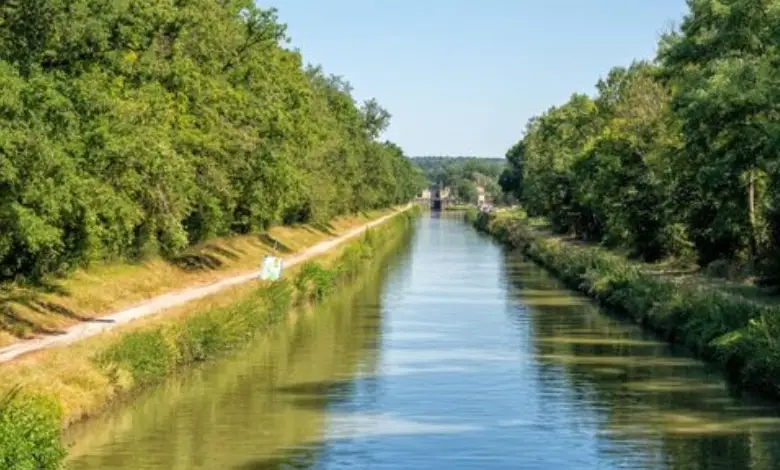Why Ranbir Canal Is Important As India Plans To Choke Water Flow To Pakistan

New Delhi : In a strategic move to choke the flow of water from the Indus Basin to Pakistan, India is considering doubling the length of the Ranbir Canal on River Chenab from 60 km to 120 km. The move will not only increase India’s ability to divert water to Jammu for agricultural activities, but also reduce the flow into downstream Pakistan.
Chenab is one of the three rivers whose waters were allocated to Pakistan under the now suspended Indus Waters Treaty (IWT). The move will likely have profound implications for Pakistan’s agricultural production. The Ranbir Canal, located in Jammu, is the lifeline for the city’s agricultural production. Constructed in the early 20th century, it stretches nearly 60 km from its origin – upstream of the Akhnoor Bridge on the left bank of the Chenab, about 25 kilometres northeast of Jammu city.
The canal was designed initially on net irrigated land of 16.460 hectares. The length of the main Ranbir Canal is 60 km and that of its distribution system is around 400 km. The Indus Waters Treaty (IWT), signed in 1960, is a water-sharing agreement between India and Pakistan, brokered by the World Bank.
It allocates the waters of the eastern rivers (Beas, Ravi, Sutlej) to India and the western rivers (Indus, Chenab, Jhelum) to Pakistan, while permitting India’s limited use of the western rivers for irrigation and non-consumptive purposes. India has suspended the 1960 Indus Waters Treaty with Pakistan for the first time ever in response to the deadly April 22 Pahalgam terror attack that killed 26 people, mostly tourists.
The decision to halt the treaty was taken by the Cabinet Committee on Security (CCS), the government’s highest decision-making body on national security. The Ranbir Canal predates the IWT, having been built in the 19th century, and has long served as a key irrigation channel for the Jammu region.
India’s use of water from the Chenab (a western river) for irrigation via the Ranbir Canal has been regulated, with limits on how much water can be diverted to ensure downstream flows to Pakistan. The government is weighing plans to double the Ranbir Canal’s length from 60 km to 120 km, increasing its reach and capacity.
The expansion would boost the canal’s diversion capacity from 40 cubic meters per second to 150 cubic meters per second, potentially diverting significantly more water for Indian use before it reaches Pakistan’s Punjab region. This move is seen as a way for India to exert pressure on Pakistan, as about 80 per cent of Pakistan’s agriculture relies on the Indus system. Any reduction in water flow could have serious consequences for Pakistani agriculture and hydropower.




